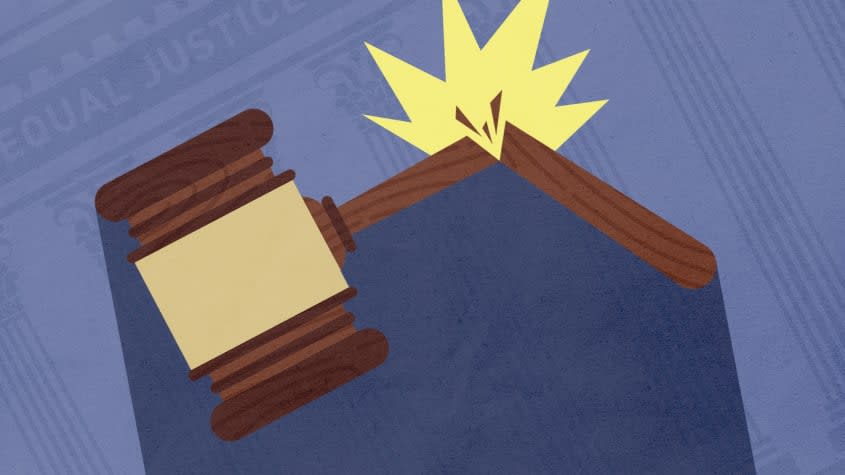Why the Supreme Court's popularity suddenly matters

The Supreme Court isn't very popular these days. The court's approval rating has slipped to just 40 percent, Gallup reported Thursday, its lowest since 2000. The court's refusal to block Texas' new anti-abortion law likely contributed to the slide — in July, before that ruling, approval was 9 points higher.
Usually the court is impervious to such concerns. Justices have lifetime appointments, and, as Gallup notes, SCOTUS approval often dips after controversial rulings. Popularity rises and popularity falls, but the court endures.
Yet this time might be different — and more consequential. Gallup also found 37 percent of Americans think the court is "too conservative," a record high up from a low of 20 percent in 2016. That's not a one-off bump, and the present figure nearly equals the 40 percent of Americans who think the court's ideological balance is "about right." Meanwhile, only about 20 percent Americans say the court is "too liberal."
The Supreme Court is often controversial, of course, but for three decades, a plurality of Americans were content with its ideological status quo. Thanks to former President Donald Trump's three appointees, however, the Supreme Court has swung sharply to the right in the last five years, and public approval of its philosophical balance swung in kind. One more high-profile conservative ruling — say, a vote to overturn Roe v. Wade — could end many Americans' trust in the institution for good.
That possibility arrives while the court and its workings are under great scrutiny. Progressives have pushed to pack the court with liberal justices or to strip its authority as the last word on constitutional authority. President Biden doesn't seem much interested in going down those roads, but he has appointed a commission to examine possible reforms. Justices seem to be feeling the heat: Amy Coney Barrett and Clarence Thomas have both stepped forward in recent weeks to defend their institution. Changes could be coming.
What those changes look like depends significantly on the court. Chief Justice John Roberts has spent his career guiding the court rightward, albeit slowly and carefully to limit backlash. It's not clear he can keep pursuing stability and conservative drift. What happens next also depends on the electorate: Democratic voters historically haven't been as court-focused as Republicans, but that changed in 2020, and there are signs the abortion ruling crystallized the issue for left-of-center voters. The Supreme Court usually doesn't have to worry about its popularity. Now might be the time to start.
You may also like
Democrats are governing like Republicans

